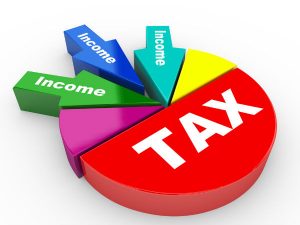Minister’s Reply to Rajya Sabha regarding Restoration of Old Pension System in place of Contributory Pension System
Shri Santosh Kumar Gangwar, Minister of State in the Ministry of Finance, reply to Rajya Sabha regarding Restoration of Old Pension System in place of Contributory Pension System
GOVERNMENT OF INDIA
MINISTRY OF FINANCE
DEPARTMENT OF FINANCIAL SERVICES
RAJYA SABHA
UN STARRED QUESTION NO. 2130
TO BE ANSWERED ON MARCH 21, 2017/PHALGUNA 30, 1938 (SAKA)
RESTORATION OF OLD PENSION SYSTEM IN PLACE OF CONTRIBUTORY PENSION SYSTEM
2130....
Read More ->>












 →
→











